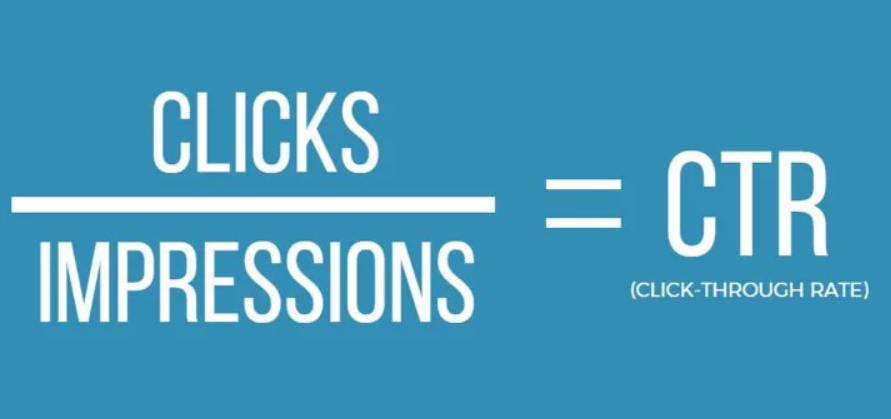Nowadays our regular vocabulary grows like tens of new words per week. We learn something new from our colleagues, TV, advertising, and, of course, social media.
If we treat marketing as a special commercial language, then I must say that marketing vocabulary is growing rapidly. And it is really hard to follow the trend and be up to date with all the terms.
That is why I decided to run several articles which will include most of the commonly used and new marketing vocabulary words. And I’d like to start with digital marketing and advertising vocabulary.
BM (Facebook Business Manager) – an essential dashboard for organizations to securely share Facebookassets among multiple people or teams. You can manage user access to the right people and credit lines, upload your product catalogue, create a post, change your billing details – and so much more.
Call Tracking – technology which can enable the pay per call, pay per minute or pay per lead business model, allowing the tracking of phone calls to be associated with performance-based advertising such as Google AdWords, SEO Services, Display and Electronic Direct Marketing, and supplying additional analytic information about the phone calls themselves. Call tracking is a method of performance review for advertising and/or staff. It is based on the technological possibility of measuring the behavior of callers and is thus the equivalent in telephony to the conversion tracking used on the internet. Via different channels, both procedures offer the opportunity of clearly assigning a customer response to a specific advertising medium.
CPA (Cost per Action/Acquisition) – online advertising pricing model where the advertiser pays for a specified acquisition – for example a sale, click, or form submit (e.g., contact request, newsletter sign up, registration etc.)
CPC (Cost/Pay Per Click) – an internet advertising model used to drive traffic to websites, in which an advertiser pays a publisher (typically a search engine, website owner, or a network of websites) when the ad is clicked. Cost-per-click is commonly associated with first-tier search engines (such as Google Ads and Bing Ads). With search engines, advertisers typically bid on keyword phrases relevant to their target market. In contrast, content sites commonly charge a fixed price per click rather than use a bidding system. CPC “display” advertisements, also known as “banner” ads, are shown on web sites with related content that have agreed to show ads and are typically not pay-per-click advertising. Social networks such as Facebook and Twitter have also adopted pay-per-click as one of their advertising models.
CPL (Cost Per Lead) – an online advertising pricing model, where the advertiser pays for an explicit sign-up from a consumer interested in the advertiser’s offer. It is also commonly called online lead generation.
Lead – a prospective consumer/customer of a product or service, to whom when an individual or business shows interest and provides information. Businesses gain access to leads through advertising, trade shows, direct mailings and other marketing efforts.
CPM/CPT (Cost per mille or Cost per thousand) – a commonly used measurement in advertising. It is the cost an advertiser pays for one thousand views or clicks of an advertisement. Radio, television, newspaper, magazine, out-of-home advertising, and online advertising can be purchased on the basis of exposing the ad to one thousand viewers or listeners. It is used in marketing as a benchmarking metric to calculate the relative cost of an advertising campaign or an ad message in a given medium. The “cost per thousand advertising impressions” metric (CPM) is calculated by dividing the cost of an advertising placement by the number of impressions (expressed in thousands) that it generates. CPM is useful for comparing the relative efficiency of various advertising opportunities or media and in evaluating the overall costs of advertising campaigns. For media without countable views, CPM reflects the cost per 1000 estimated views of the ad.
CR (Conversion Rate) – the proportion of visitors to a website who take action to go beyond a casual content view or website visit, as a result of subtle or direct requests from marketers, advertisers, and content creators. Successful conversions are defined differently by individual marketers, advertisers, and content creators. To online retailers, for example, a successful conversion may be defined as the sale of a product to a consumer whose interest in the item was initially sparked by clicking a banner advertisement. To content creators, a successful conversion may refer to a membership registration, newsletter subscription, software download, or other activity.
CRO (Conversion Rate Optimization) – a system for increasing the percentage of visitors to a website that convert into customers, or more generally, take any desired action on a webpage.
CTR (Click Through Rate) – the ratio of users who click on a specific link to the number of total users who view a page, email, or advertisement. It is commonly used to measure the success of an online advertising campaign for a particular website as well as the effectiveness of email campaigns.
To learn more words I would recommend to read more marketing books and follow some of the best marketing blogs. And, of course, keep an eye on my future posts related to this topic.







